6 Jewish and Asian American Labor Leaders Who Changed U.S. History
Meet six Jewish and Asian American labor leaders whose powerful stories highlight the immigrant-led, multiracial roots of the American labor movement.
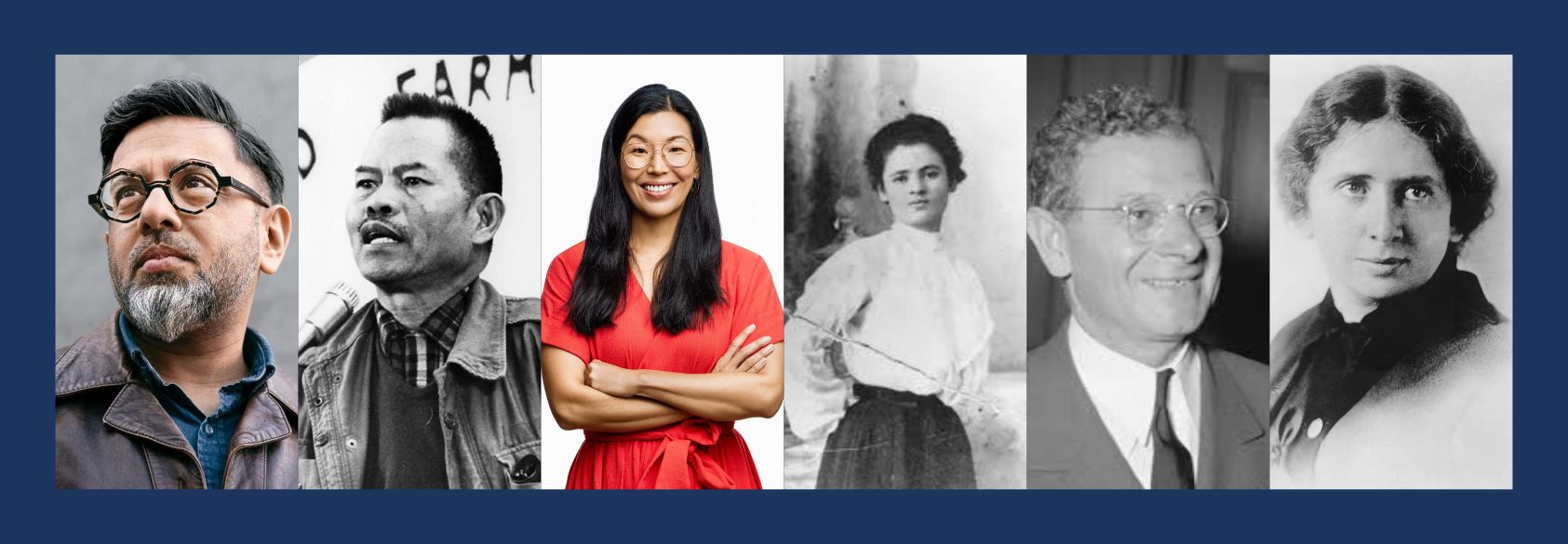
From left to right: Saket Soni, Larry Itliong, Ai-jen Poo, Clara Lemlich, Sidney Hillman, and Rose Schneiderman—Jewish and Asian American labor leaders whose immigrant-led activism helped shape the American labor movement.
Share
May 12, 2025
Meet six Jewish and Asian American labor leaders whose powerful stories highlight the immigrant-led, multiracial roots of the American labor movement.
Share
May is Labor History Month—a great time to revisit why labor history isn’t just something we look back on, but something that speaks directly to us today. From labor strikes and walkouts to renewed calls for economic justice and worker protections, the American labor movement is as alive and relevant as ever.
Too often, the contributions of Jewish and Asian American communities get overlooked. But these communities have been central to organizing, coalition-building and demanding dignity for workers in factories, fields, homes, and beyond.
Learn more about Share My Lesson resources on Jewish American Heritage and Asian American, Native Hawaiian and Pacific Islander Heritage.
These six labor leaders show how immigrant voices and cross-community solidarity have shaped the labor movement—and why their legacies matter year-round, not just in May:

Saket Soni is an Indian American labor organizer and a national leader in advocating for immigrant workers. After Hurricane Katrina, he helped expose widespread labor exploitation in the disaster recovery industry. As the founder of Resilience Force and the National Guestworker Alliance, Soni organized South Asian, Southeast Asian and Latin American workers who were often underpaid, overworked and misled about the terms of their employment.
Soni's work shines a light on a vital but invisible workforce: the laborers who rebuild communities after climate disasters. By linking labor rights to immigration and climate justice, he challenges us to think intersectionally about today’s labor movement. His advocacy is a powerful reminder that the people who help rebuild after disasters deserve safety, dignity and a voice.
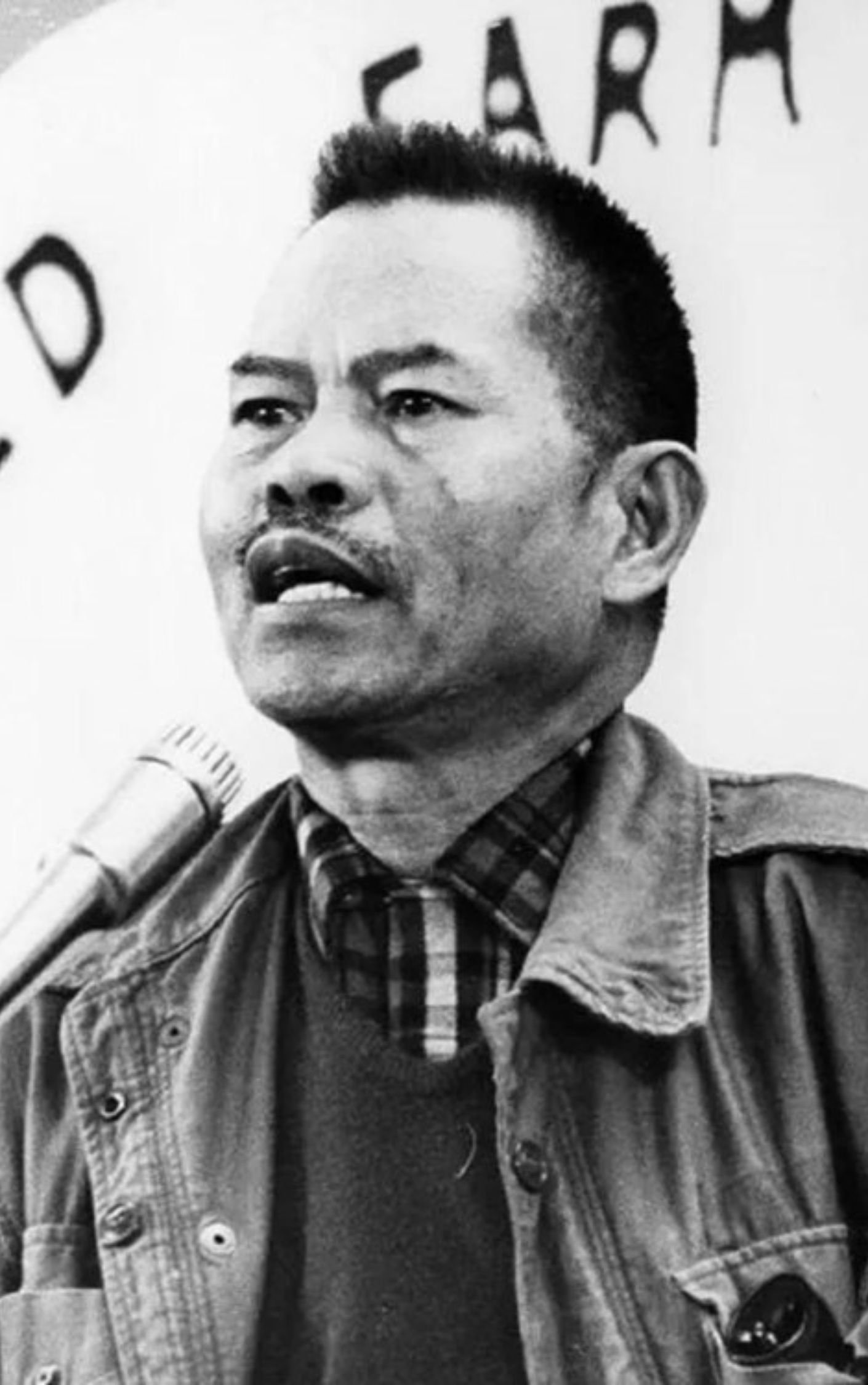
Larry Itliong was a Filipino American farm worker and civil rights leader whose contributions are often overshadowed in mainstream labor history. In 1965, he initiated the Delano Grape Strike through the Agricultural Workers Organizing Committee, and soon after, César Chávez and Dolores Huerta of the National Farm Workers Association joined forces, uniting Filipino and Mexican farmworkers in a historic push for better wages and conditions. This coalition eventually led to the formation of the United Farm Workers.
Itliong's leadership broke ground in building interracial solidarity in the fields of California. His legacy encourages us to look beyond single-hero narratives and recognize the collective efforts behind labor wins. Today, his story helps correct historical omissions and teaches the power of unity across racial and ethnic lines.

Ai-jen Poo is a Chinese American labor organizer and a champion of the care economy. As founder of the National Domestic Workers Alliance, she has worked tirelessly to bring dignity and recognition to nannies, housekeepers and caregivers—a workforce largely made up of immigrant women.
Poo helped pass domestic worker bills of rights in multiple states and placed the needs of care workers on the national policy agenda. Her advocacy gained even more urgency during the COVID-19 pandemic, when the essential nature of domestic labor became undeniable. Her work redefines what we value in the economy and who we see as "essential."
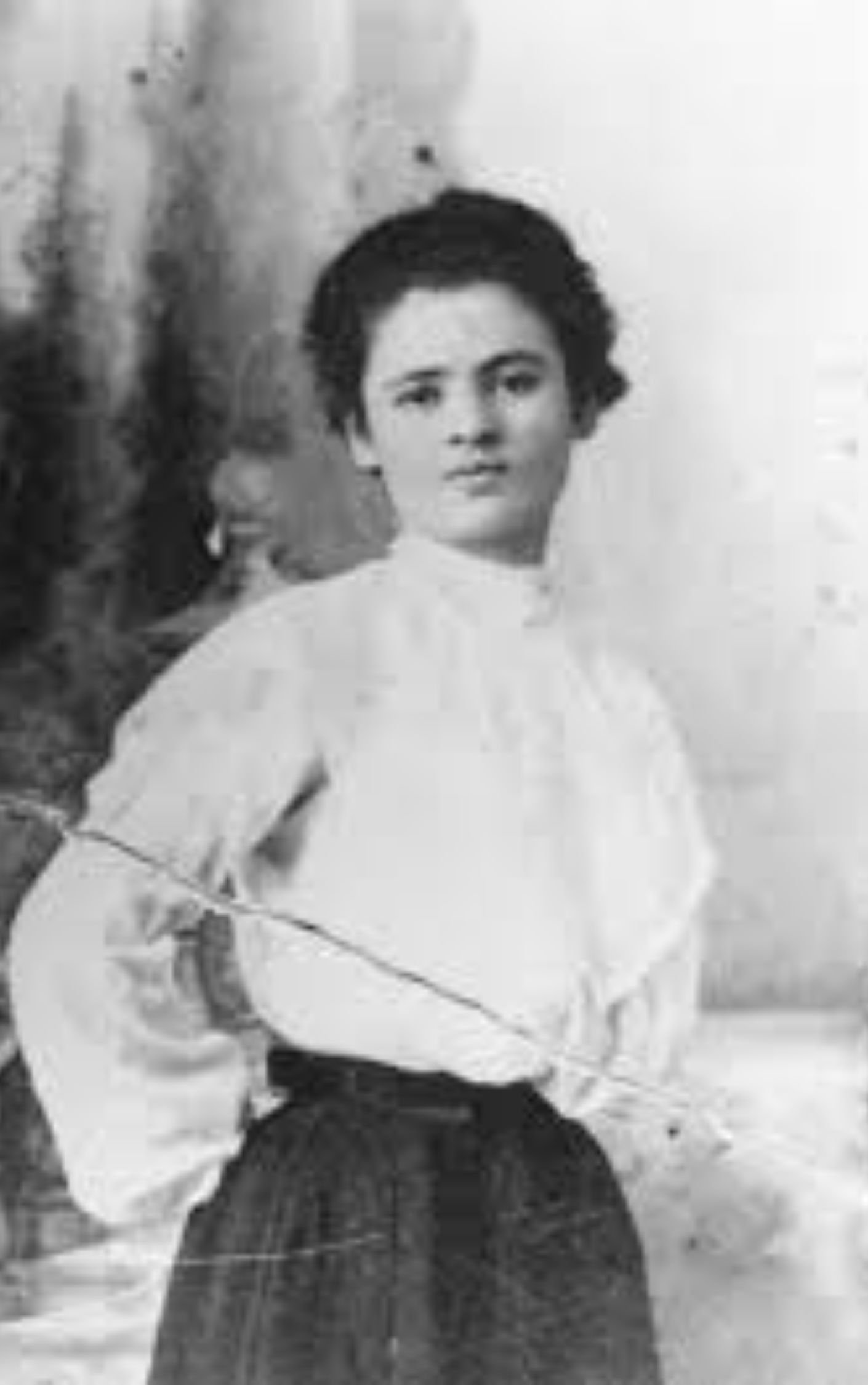
Clara Lemlich was a Ukrainian Jewish immigrant and garment worker who helped ignite one of the most significant labor uprisings in U.S. history. In 1909, she famously demanded a strike vote at a mass meeting, sparking the Uprising of the 20,000—a massive walkout of women garment workers in New York.
Lemlich's bold action and organizing skills brought attention to unsafe factory conditions and helped push the garment industry toward reform. Her story is a powerful example of how young immigrant women led the charge for labor rights long before they had the right to vote. Her legacy still resonates in today’s conversations about fast fashion, worker exploitation and youth activism.
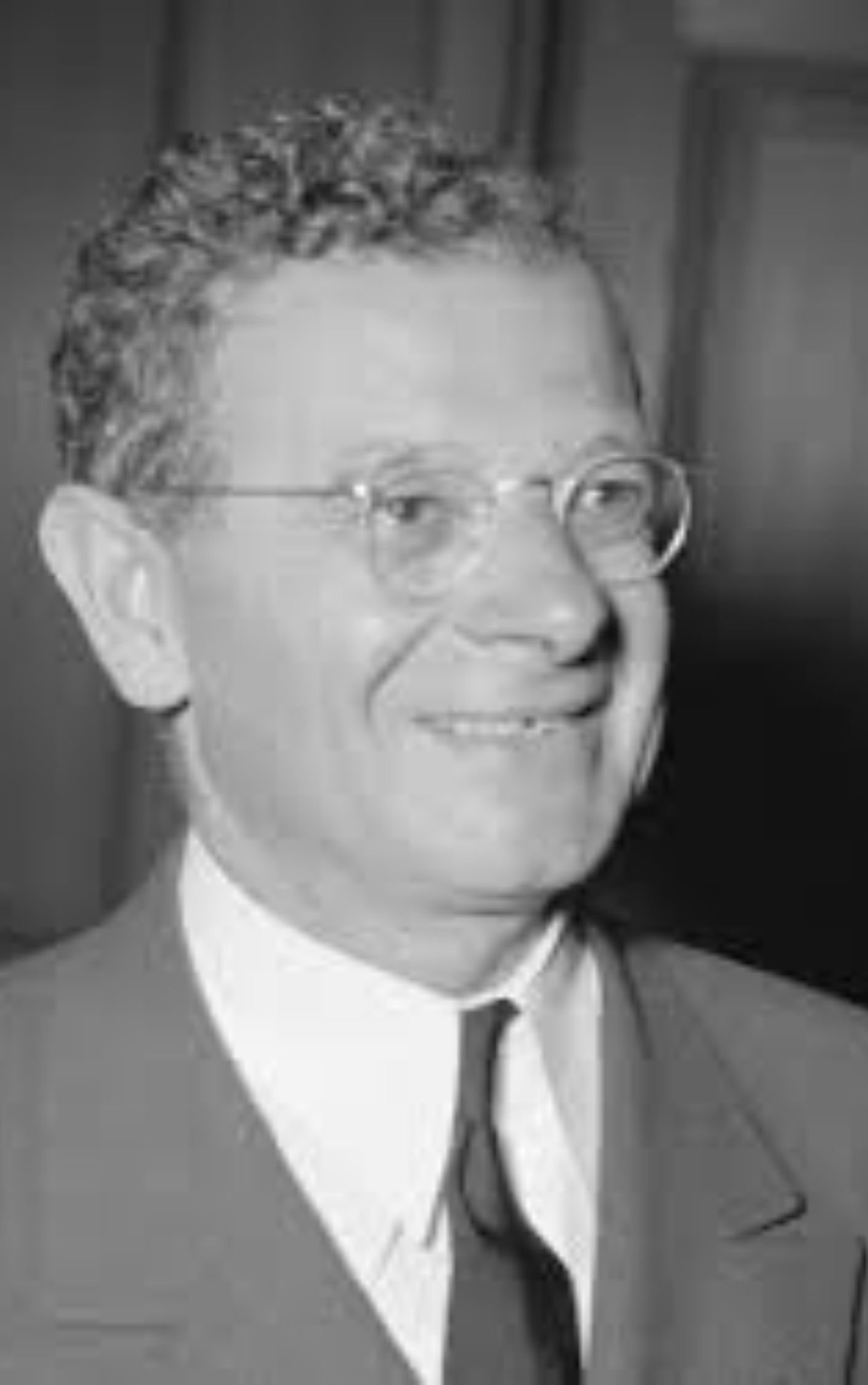
Sidney Hillman was a Lithuanian Jewish immigrant and one of the architects of modern American labor policy. As president of the Amalgamated Clothing Workers of America and a co-founder of the Congress of Industrial Organizations, Hillman pushed for collective bargaining rights, fair wages and social protections for workers.
He played a key role in shaping New Deal reforms and demonstrated how unions could influence national policy. Hillman’s work laid the foundation for labor’s role in economic recovery—a legacy that continues to inform how we think about the relationship between the government and working people.
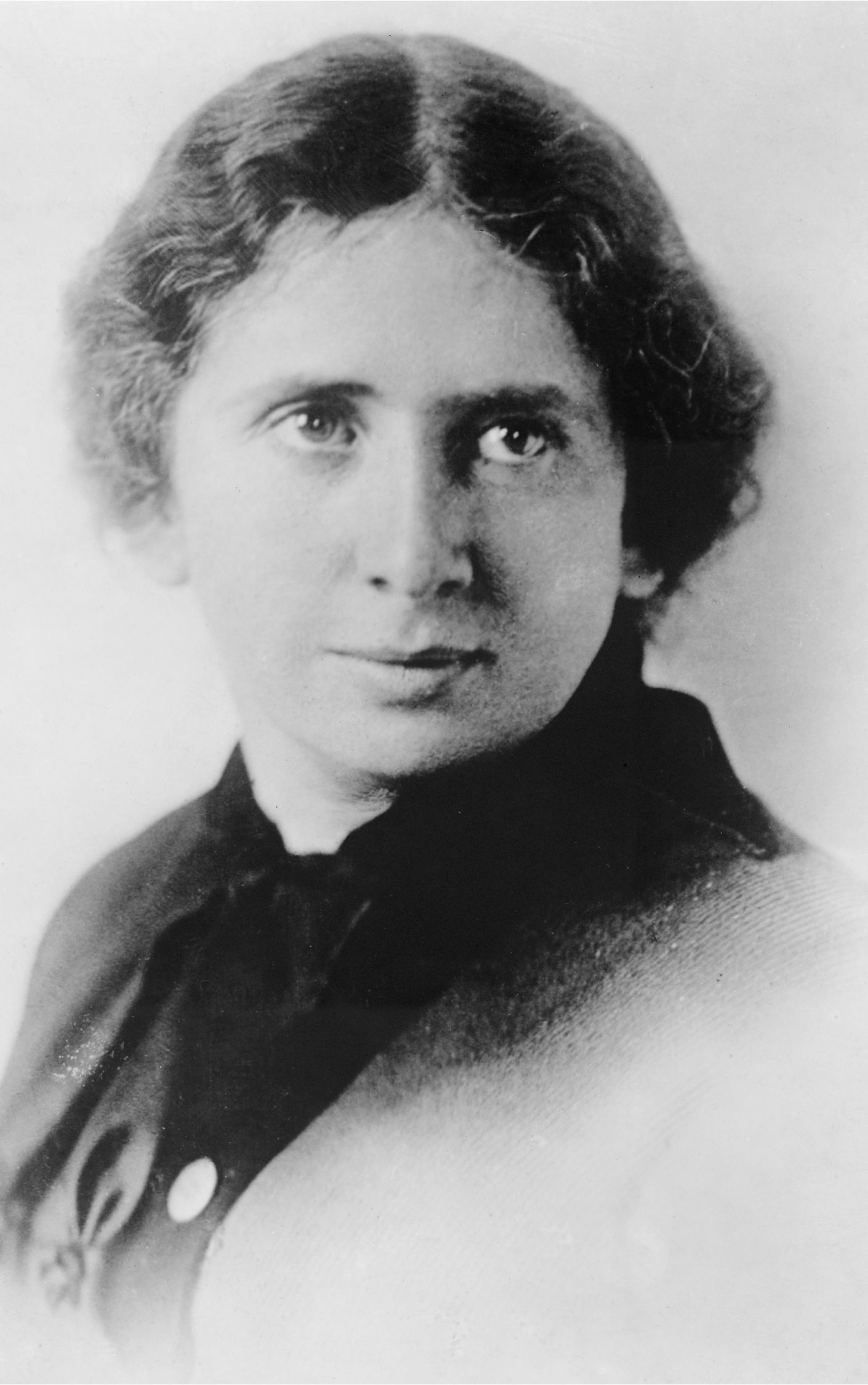
Rose Schneiderman was a Polish Jewish labor organizer, feminist and a leading voice for worker protections in the early 20th century. After the Triangle Shirtwaist Factory fire in 1911, she became a prominent advocate for workplace safety and women's suffrage.
Schneiderman famously coined the phrase "bread and roses," symbolizing the idea that workers deserve not just survival, but dignity and quality of life. Her ability to connect labor rights with broader social movements set a precedent for inclusive, human-centered labor advocacy that still inspires today.
These six leaders show how deeply Jewish and Asian American communities have shaped the American labor movement—often in ways that are underrepresented in textbooks. Their stories remind us that labor rights are civil rights, and that immigrant communities have long been at the heart of pushing for justice.
The legacies of Jewish and Asian American labor leaders are a reminder that the fight for worker justice has always been multiracial, immigrant-led, and rooted in solidarity. Bringing these stories to light helps build a more honest, inclusive understanding of labor history—and its relevance to the struggles workers face today.
Want to see more stories like this one? Subscribe to the SML e-newsletter!
